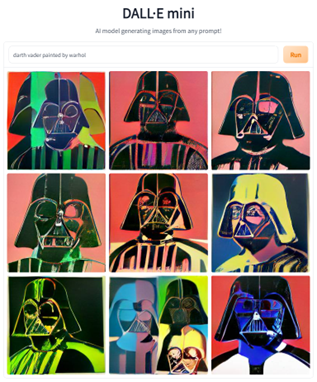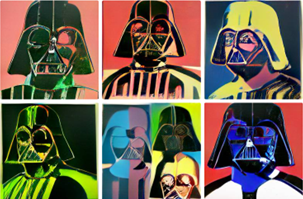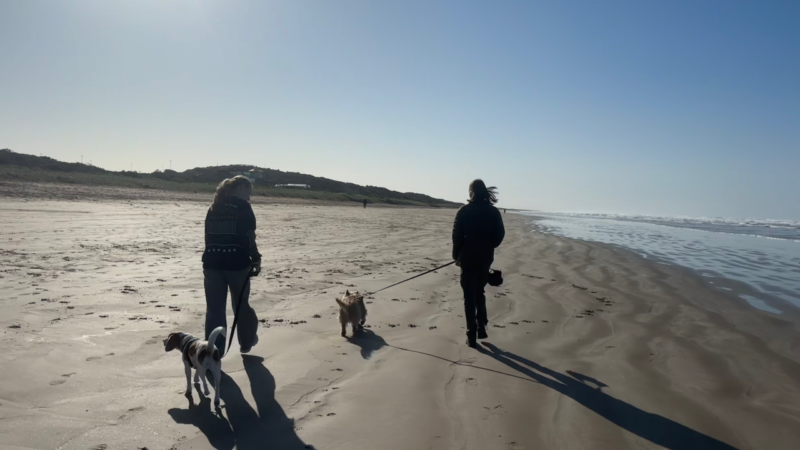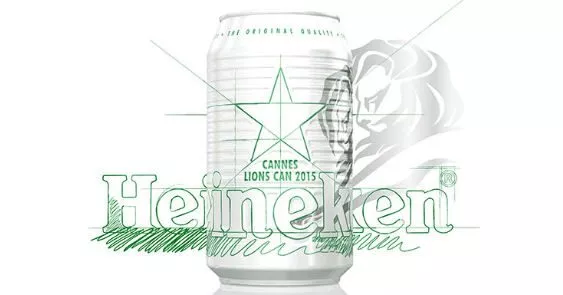What AI generated content could mean for your creativity
“Machines weren’t supposed to be creative, but now we’re teaching them to write the next Avatar, paint the next DaVinci, or produce the next Hey Jude. AI is a tool. It is another pen, another paintbrush, another instrument. We want to find the right balance between machines and humans. We want machines to help humans build faster, think faster, create faster. As an AI designer, I see AI as a way to build better experiences. When I see work solely created by AI, I don’t see any innovation. When I see humans and machines working together, I see a symbiosis and a glimpse of what the future of art and design can be” Jessica Rae Vergara, AI Designer at IBM
AI technology has progressed rapidly in recent years with what seems a never-ending production of learning algorithms, deep fakes and even entirely AI produced content, supported by figures which estimate the global AI market value is expected to reach $267 billion USD by 2027. In the past, the majority of such technologies have been privately developed and managed. Yet, with free, publicly available programs such as text-to-image tool Dall-e mini gaining traction with mainstream audiences, some feel we could be entering a “massive cultural shift” in the way content and art, is produced, consumed and perceived.
Using Dall-e mini as an example case, anyone has the capability to prompt the program with whatever they can imagine and almost instantly be provided with a flurry of AI generated images which bring that search to life. Say you want to know what it would be like to see ‘Darth Vader painted by Warhol’ or a ‘moshpit at kindy’ that is what it delivers:


But what does this tool and similar programs mean for the creative process and how we frame creativity in general? We’ve explored the link between creativity and effectiveness (especially in the world of advertising) before, and while there are many schools of thought as to the implications, the reality is currently still relatively unknown.
To provide some clarity to this question, we can look to the Facebook AI research team who has developed core ‘Creative AI Principles’ . They see these principles at the forefront of framing the relationship between AI and creativity, the crux of which proposes AI should help to:
- Improve creativity skills
- Expand access to creativity
Improve creativity skills
The simplest viewpoint, and what we see in many facets of industry which already employ AI technologies, is that it helps ‘automate parts of the process to make it easier for people to express more aspects of themselves creatively’. Meaning people have more time to focus on components of the process more intertwined with creative thinking. For example, imagine a film director being able to use AI generated images to develop complex, special effect heavy storyboards, allowing more time to focus on the world building and narrative arcs. As one study found, marketers are reaping the benefits of such practices, with businesses using AI creativity tools for video ad creation seeing an average of double the increase in return on investment over campaigns without the use of AI support.
“While AI can serve as inspiration in the creative process, it can also help with more mundane tasks, especially in the digital field, where much of the behind-the-scenes work is far from glamorous. It’s about the augmentation of creativity. In the end, the human is really the one being creative, and it’s more about how can you get better efficiencies”
– John Smith, Manager of Multimedia and Vision at IBM Research
Expand access to creativity
Potentially the most interesting aspect of the AI creativity debate is the ability to help shape and foster ideas even amongst those who view themselves as being restricted by their limited creativity. The AI research team at Facebook positions this principle as making ‘creativity more attainable by expanding the opportunity to get started’. How often do you feel held back by your capability to simply begin the creative process and generate ideas? AI can help plant the seed of inspiration, for which we as humans can craft and expand as we see fit. GauGAN2 by NVIDIA is another great example of AI’s potential to expand the access to creativity, turning simple elements into photo-realistic images.

Ultimately for now, the general sense is that AI may not diminish or destroy creativity, rather the opposite. These technologies present an opportunity for humans to work collaboratively with tools that help to expand our ever-growing creative expression. As Facebook AI Research Director Devi Parikh explains “AI augments human capabilities: it doesn’t replace them. AI expands our thinking and gives us new ways of being creative”
If you would like to explore this topic further, this video discussion takes a fascinating look at what AI art means for human artists:




